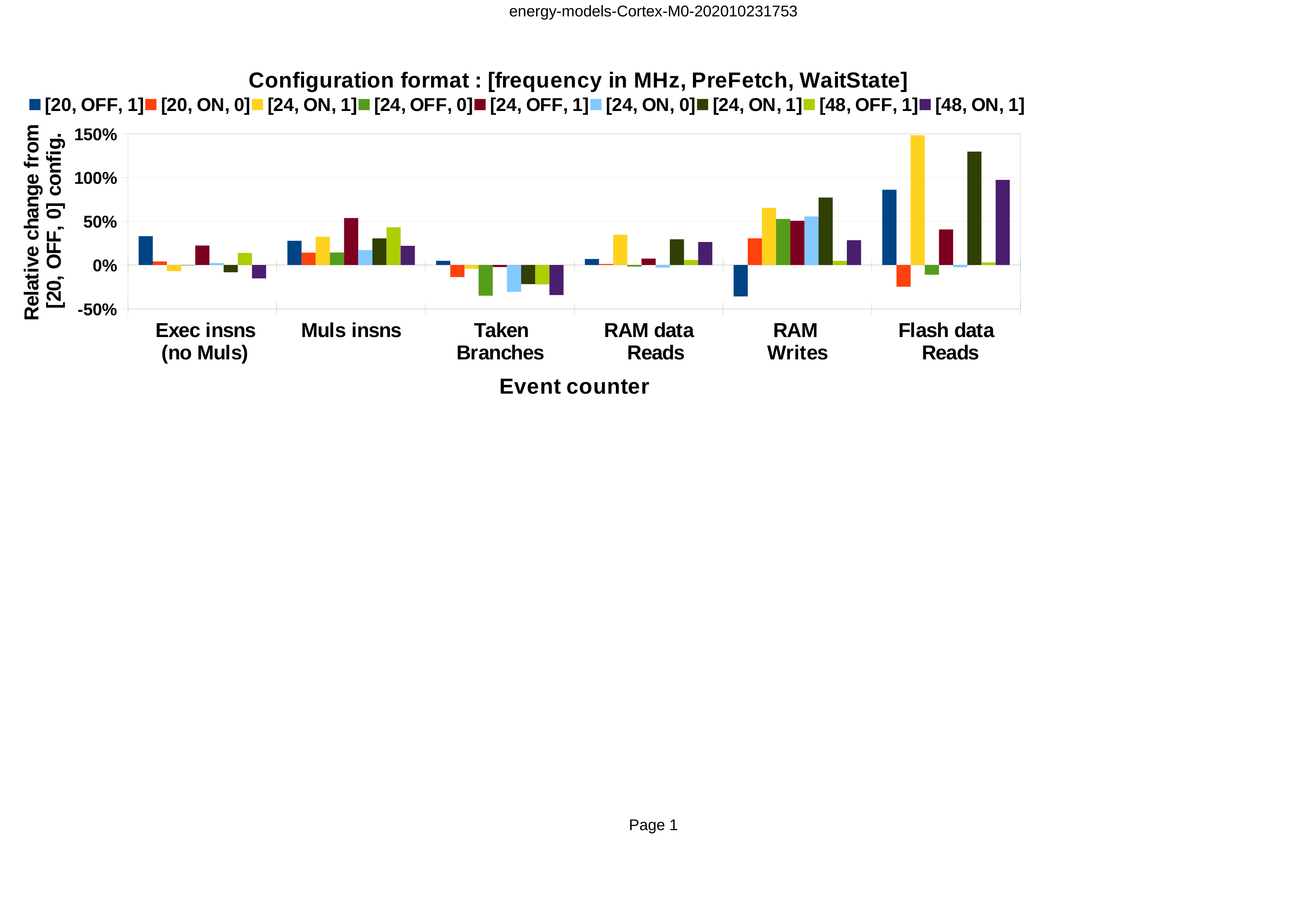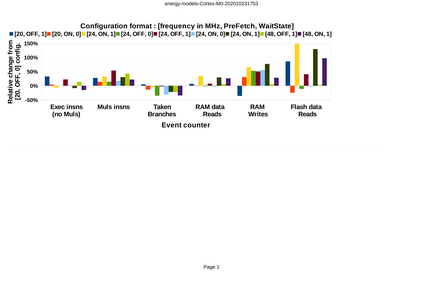Energy modeling can enable energy-aware software development and assist the developer in meeting an application's energy budget. Although many energy models for embedded processors exist, most do not account for processor-specific configurations, neither are they suitable for static energy consumption estimation. This paper introduces a comprehensive energy model for Arm's Cortex-M0 processor, ready to support energy-aware development of edge computing applications using either profiling- or static-analysis-based energy consumption estimation. The model accounts for the Frequency, PreFetch, and WaitState processor configurations which all have a significant impact on the execution time and energy consumption of edge computing applications. All models have a prediction error of less than 5%.
翻译:能源建模可以促进有能源意识的软件开发,并帮助开发者满足应用软件的能源预算。 尽管存在许多嵌入处理器的能源模型,但大多数模型并不考虑特定处理器的配置,它们也不适合静态能源消耗估计。本文为Arm的Cortex-M0处理器引入了全面的能源模型,准备通过剖析或静态分析的能源消耗估计支持边缘计算应用的能源开发。频率、预发货和等待国处理器配置的模型账户都对边缘计算应用的执行时间和能源消耗产生重大影响。所有模型的预测误差都不到5%。







